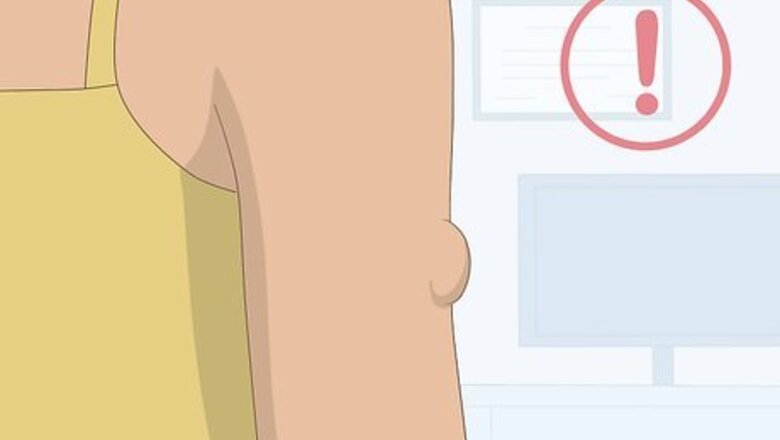
views
Recognizing the Symptoms
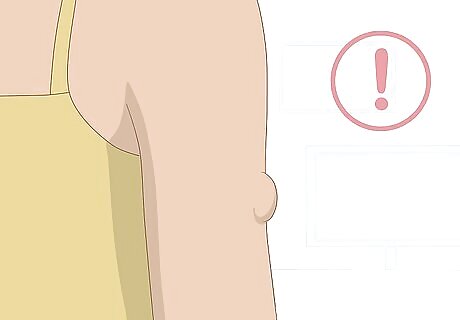
Look for a small bump under the skin. Lipomas generally appear as dome-shaped lumps that can range in size, usually between the size of a pea and roughly 3 centimetres (1.2 in) in length. If you have a lump under the skin on your body this size, it may be a lipoma. Some lipomas may be larger than 3 centimetres (1.2 in). Additionally, you might not be able to fully feel them. These lumps are formed by an abnormal and rapid increase of fat cells in the area. However, if your bump is larger, harder, and less mobile, it may be a cyst. Additionally, cysts may feel tender, could become infected, and might drain.Tip: In rare cases, lipoma can grow much bigger than 3 centimetres (1.2 in). When they are larger than 5 centimetres (2.0 in), they are called giant lipomas.
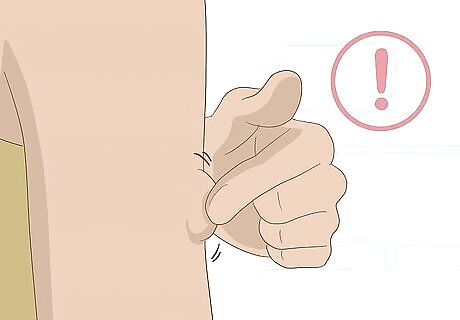
Feel the bump to determine how soft it is. Lipoma tumors are generally pretty soft to the touch, meaning that they will move under your finger if you press down on them. These sort of tumors are only slightly attached to the area surrounding them, so while they will stay relatively in place, you will be able to make it move around slightly under your skin. This will help you determine whether you have a lipoma, a tumor, or a cyst. Cysts and tumors have more defined shapes and are firmer, compared to a lipoma. If the lipoma is deep in your tissue, which is rare, it may be hard to feel its firmness and to determine its overall size.
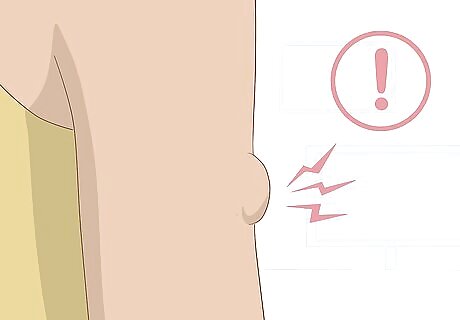
Pay attention to any pain you feel. While lipoma tumors are generally painless because the lumps don't have any nerves, they can sometimes become painful if they grow in certain spots on your body. For example, if the tumor is near a nerve and the tumor starts to grow, it might put pressure on the nerve, causing pain. Talk to your doctor if you start feeling pain near a lipoma spot.
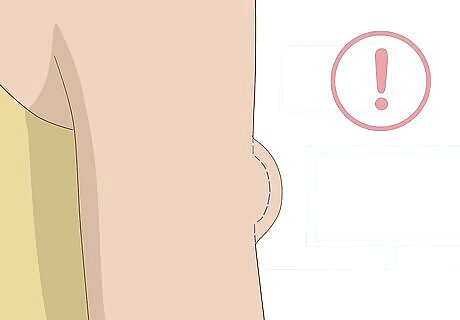
Have the lump looked at by a doctor when it appears or if it changes. Check with your doctor if you notice a new mass growing or if a lump changes shape or size. It's important to get a qualified diagnosis rather than self-diagnosing your problem so that you can get proper treatment for your condition. Your doctor will be able to determine the difference between a lipoma and other types of tumors and cysts.
Getting a Medical Diagnosis
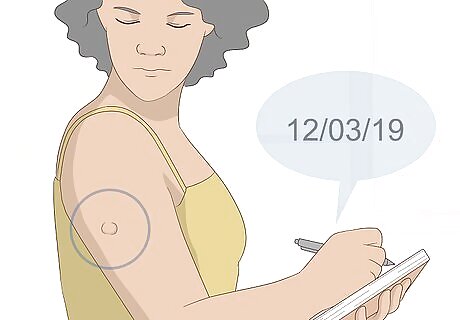
Write down when you noticed the lump. It is important to know how long the lump has been there and whether or not it has changed over time. When you first notice a lump, write down the date, location, and general shape of it. This will help your doctor assess the seriousness of the lump and whether it should be removed because it keeps growing.Tip: Keep in mind that a lump can stay in the same place for years without changing or giving you any bad side effects. Most people only get them removed because they don't like how they look.

Watch the lump to see if it's growing. When you first notice the lump, measure it with a tape measure so that you can keep track of any growth. If you notice that the tumor has grown over the course of a month or 2, go to see a doctor to have it looked at, even if they have already looked at it in the past. It can be difficult to tell if there has been much growth because these sort of tumors grow very slowly. A lipoma tumor can start out as the size of a pea and grow from there. However, it will generally cap off at about 3 centimetres (1.2 in)in diameter, so anything that grows larger than this might not be a lipoma.
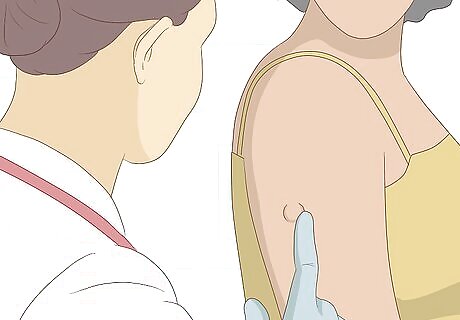
Have the lump looked at by a doctor. If you notice any unusual or new lumps on your body, you should always have them looked at by a doctor. Schedule an exam and tell them that you want to have a lump looked at. Once in the exam room, your doctor will ask you about your symptoms and they will feel the lump. In many cases, your doctor will be able to diagnose lipoma just by feeling the lump. However, they may want to do diagnostic tests to confirm their suspicions about the growth. Tests that your doctor may run include: X-rays, CT scans, MRI scans, and biopsy.
Knowing Your Risk Factors
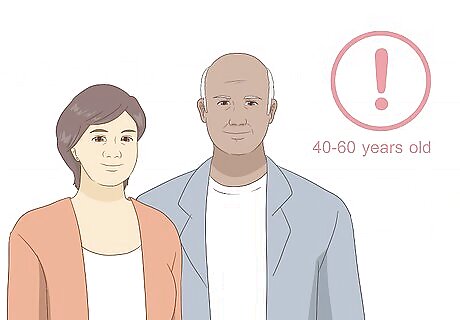
Be aware that age can play a role in developing a lipoma tumor. These sorts of tumors generally show up on those who are between the ages of 40 and 60. If you are over 40, keep an eye out for these types of bumps. However, it is good to keep in mind that lipoma can show up at any age. There’s just a higher risk of developing one of them after you pass the age of 40.
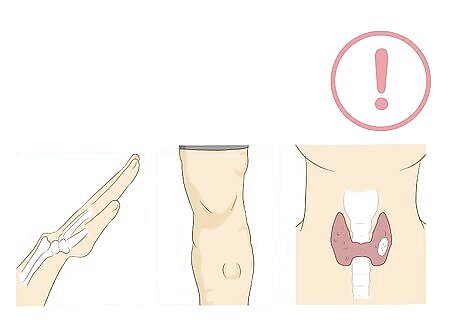
Determine whether you have conditions that make lipoma more likely. There are a few health issues that can increase your chances of developing lipoma. The health issues that are generally linked to lipoma include: Bannayan-Riley-Ruvalcaba syndrome Madelung syndrome Adiposis dolorosa Cowden syndrome Gardner syndrome

Research whether you have a history of lipoma in your family. Ask your parents and grandparents whether they have had any lipoma or if they know anyone else in the family who has. There is a link between the health conditions of your family members and your own health because lipoma can be linked to your genes. For example, if your grandmother had lipoma, it is very possible that you will also develop it because you share your grandmother’s genes. However, keep in mind that sporadic lipoma, which aren't genetic, are more common than genetic lipoma. That means you can still develop lipoma even if you don't have a family history.Warning: Knowing that you have a history of lipoma in your family won't help you prevent getting one. However, it will let you know that a bump you get is likely this condition.
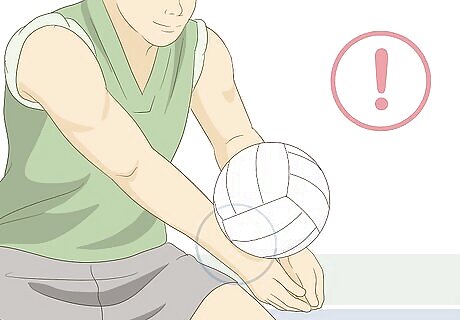
Assess areas where you get repeated injuries from contact sports. People who participate in sports where they get repeatedly hit in the same spot have a higher chance of developing lipoma tumors. For example, volleyball players can get them in the areas where they repeatedly hit the ball. If you get injured in the same spot over and over again, make sure to really protect that area in the future so that these growths don't appear.
Treating Lipomas
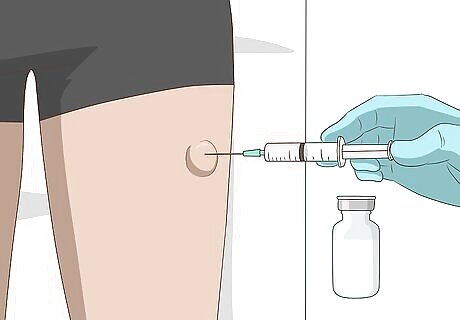
Talk to your doctor about getting steroid injections. This is the least invasive way of getting rid of lipomas. A mixture of steroids (triamcinolone acetonide and 1% lidocaine) is injected into the middle of your tumor. This will be done in your doctor's office and you will be able to go home directly afterwards. If the growth doesn’t go away within a month, the procedure can be done again until it does go away.
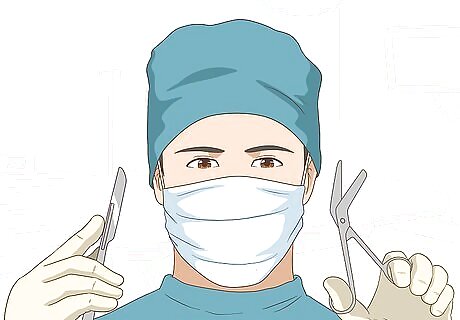
Get surgery to remove the tumor if it is large or is causing pain. The most effective way of getting rid of lipoma tumor is having it surgically removed. Generally, surgery is only reserved for tumors that have grown to roughly 3 centimetres (1.2 in) in size or that are causing you pain. When the tumor is right underneath your skin, a slight incision is made in your skin, the growth is removed, and then the wound is cleaned and patched up. If the tumor is located in an organ, which is much more rare, then you will have to go under general anesthesia to have the tumor removed. Lipomas usually will not grow back after being removed, but rarely they will return.
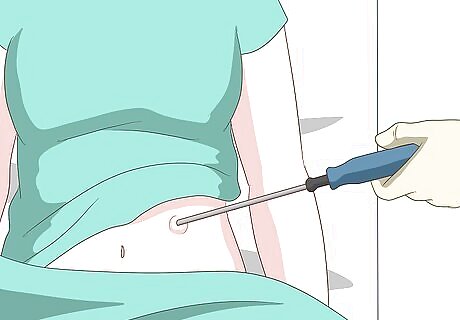
Look into liposuction as a form of treatment. The technique uses suction to remove the fatty tissue. A small incision is made on the bump and a suction tube is inserted to suck out the growth. This is typically an outpatient procedure done in a doctor's office or a hospital. Generally, people who choose this option are wanting the tumor removed for aesthetic reasons. It is also used in cases where the growth is softer than normal.Warning: Keep in mind that liposuction creates a small scar, but it will become barely visible after it is completely healed.
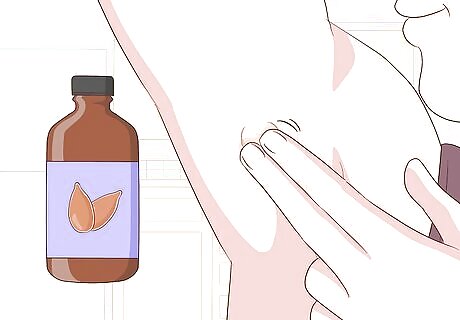
Use home remedies as a supplemental treatment for lipoma. There are a variety of herbs and supplements that are reported to reduce the size of lipomas. While there is not a lot of scientific research to show that they are effective, anecdotal first-hand experiences for home remedies include: Chickweed - Buy a chickweed solution at your local pharmacy and take one teaspoon of the mixture three times a day, after meals. Neem - Add this Indian herb to your meals or take a supplement daily. Flaxseed oil - Apply the flaxseed oil directly on to the affected area three times a day. Green tea - Drink a cup of green tea each day. Turmeric - Take a turmeric supplement each day or apply a mixture of equal parts turmeric and oil to the bump daily. Lemon juice - Add a squeeze of lemon juice to your beverages throughout the day.


















Comments
0 comment